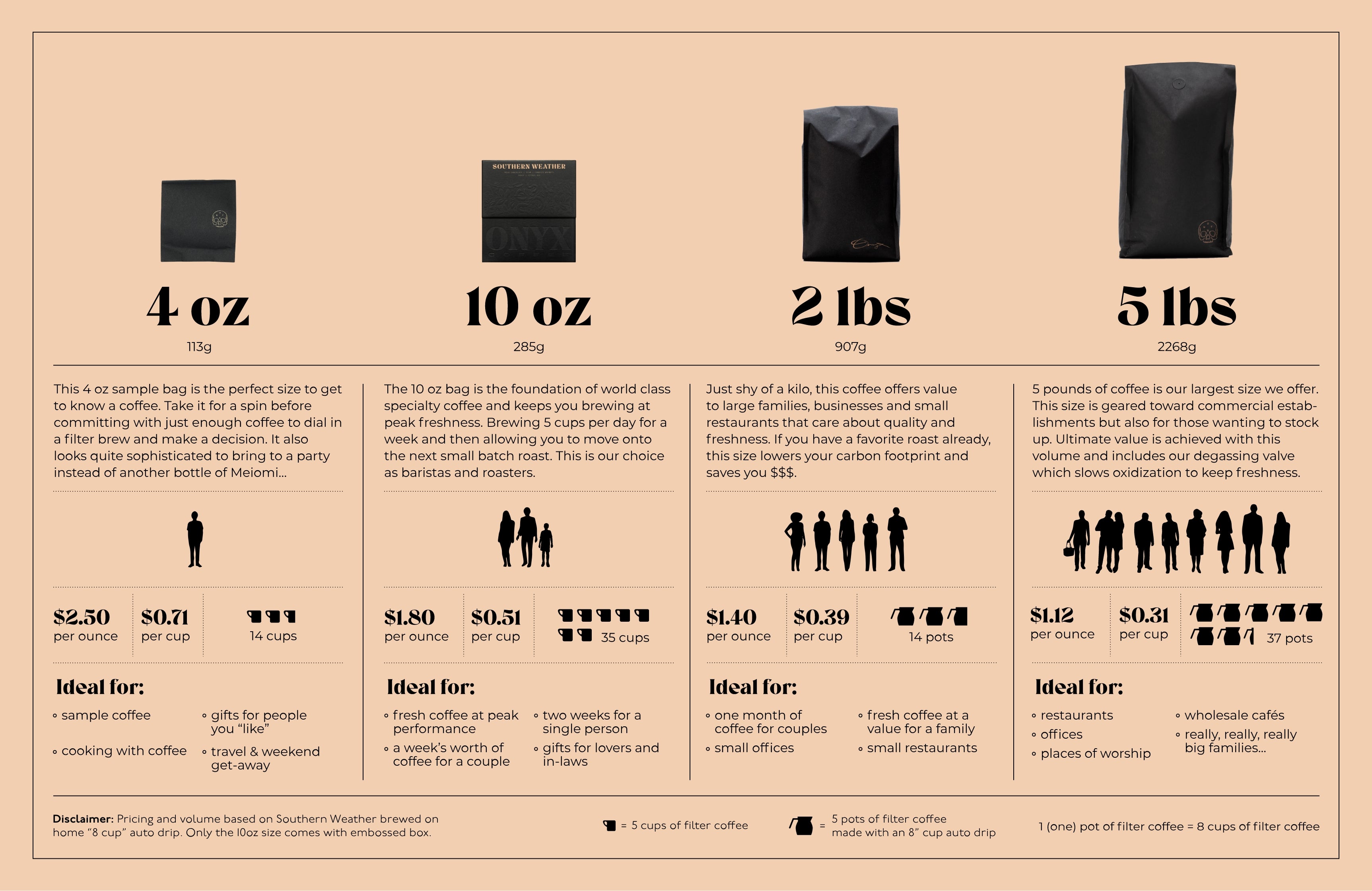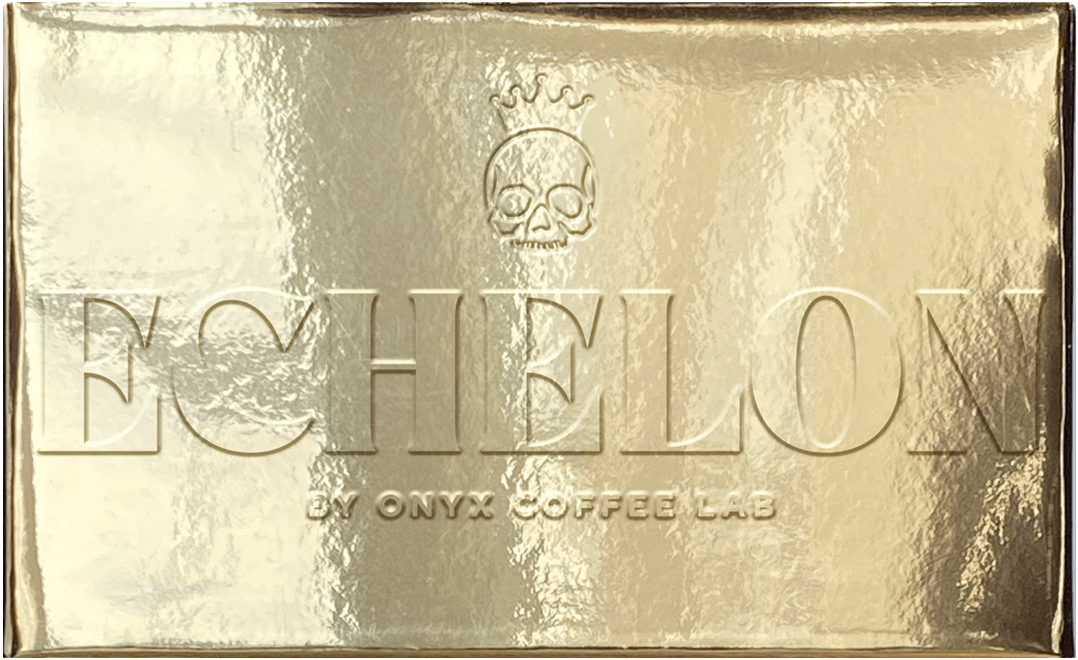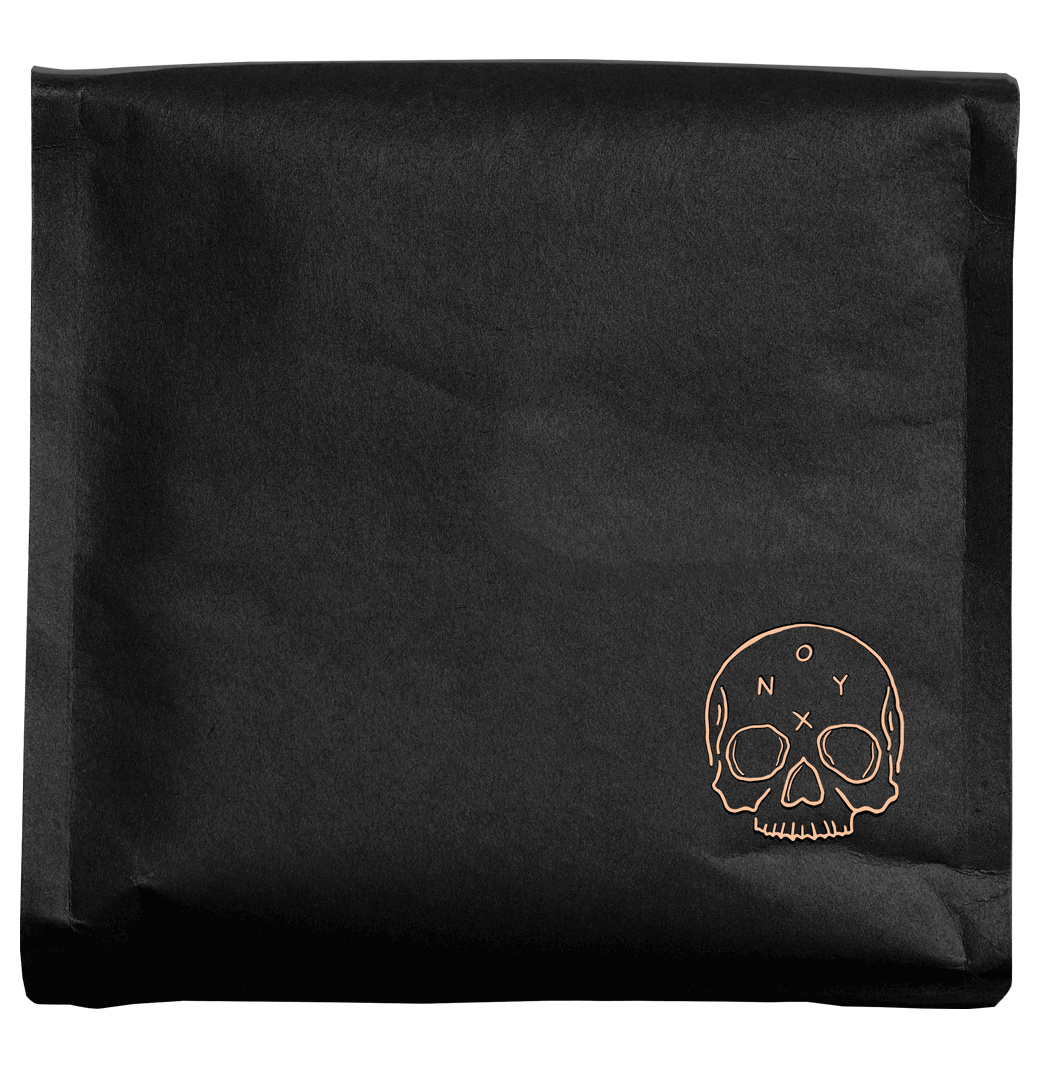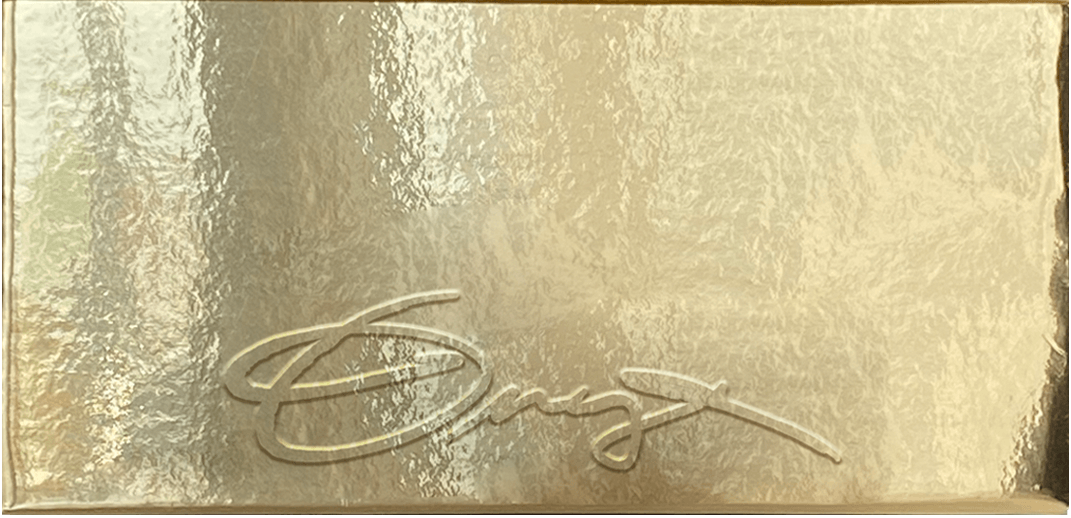Story
The path that truly extraordinary coffees take to creation is circuitous, with their fate often hanging in the balance of one (or several) crucial decisions. The path that this coffee has trekked has spanned continents, languages, and war. During a short conversation with our friend Akaash, we were asked if we would like to taste some early samples of Mokhtar Alkhanshali’s new project. For years we’ve been curious about coffees for Yemen, and thus jumped at the opportunity of partnering with Mokhtar. Founding Port of Mokha, not to mention being the subject of Dave Eggers' 2018 NYT Best Seller 'the Monk of Mokha,’ we were and remain fans of Mokhtar and his work in Yemen.
As our inaugural release from Yemen, this Al-Khanshali Coffee Estate anaerobic commanded our attention from that first set of samples that were sent. As a six day anaerobic, this coffee exudes pungent fruits, but with a flavor clarity that isn’t often characterized by such long fermentation times. In a subsequent meeting to talk over these coffees, it was revealed that this coffee had been fermented and produced on Mokhtar’s own farm, and processed using an anaerobic slow dried process influenced by Wilford Lamastus. By utilizing this processing technique, this high elevation grown coffee has been processed in a sealed tank for six days, then moved to a drying area where it’s been gently dried on raised beds for more than a month. With the coffees from Elida, this technique provides a fruited and clean profile, allowing all the florals and delicate notes to be in harmony with the fermentation. This technique has allowed for this micro-lot to shine in the same way from the Al-Khanshali Coffee Estate.
Utilizing techniques like the anaerobic slow dried fermentation, and modern coffee cultivation techniques are just half the battle in a challenging coffee producing country like Yemen. Despite 90% of the lineage of Arabica being traced back to Yemen, it has struggled to gain a foothold in the modern specialty movement. Over the course of Mokhtar’s eight-year journey, he’s taken stringent steps to improve the quality and equity of coffee in Yemen by developing relationships and by being a global ambassador for Yemeni coffee. His passion for coffee is inspiring, and we are thrilled to be part of the initial launch of his very own Al-Khanshali Coffee Estate.
ANAEROBIC PROCESSING
There are few leaps in the technique of processing coffee larger than the most recent trend of Anaerobic processing. This is oftentimes a technique of natural processing coffee, where whole cherries are fermented in a limited oxygen environment. The word Anaerobic is a catch-all term used more often than not to refer to a limited oxygen environment. Coffee cherries are subject to a pre-fermentation before they are moved to a drying bed or patio. The extended fermentation often adds a winey or fruity note to the coffee. Throughout the world we’ve seen this practiced in many ways, from adding cherries into a clean grainpro and tying the top for the night, all the way to stainless tanks with an airlock on the top to slowly let out carbon dioxide caused by the microbes at work. There are many who are working to understand and better control this process to gain clarity on what is really going on with limited oxygen fermentation. Here is what Lamastus Family Estates says about their Anaerobic process:
“The ‘A’ stands for the anaerobic inoculation or fermentation, in this case we let the carbon dioxide emitted by the fruits out of the tank and don’t let any oxygen in. It is a six days- process of the whole coffee fruit in an anaerobic, or no oxygen tank, then after day six, the fruit goes into drying beds for a drying of more than 30 days. The “SD” stands for Slow Dry, and any drying period over 30 days is considered a slow dry. An interesting and important fact that happens with the anaerobic process: The anaerobic tanks with the whole fruits inside it, release its own concentrated liquid or coffee fruit juices. And, after the sixth day in the tank there is a significant amount of concentrated liquid from the coffee fruit. This leach is full of the flavors of the variety, the terroir where the plants are located, of natural yeasts, natural microorganisms, natural bacterias, and in concentration, just like when you take a grape and separate the concentrated liquid from the seed and the juices is later used.”



